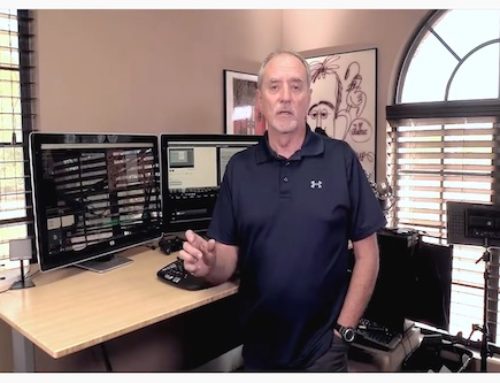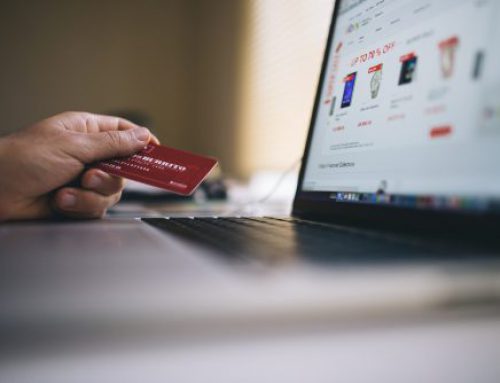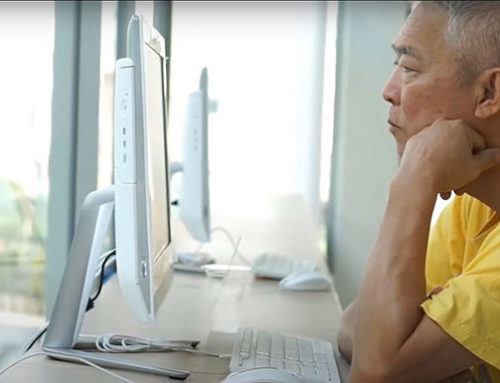Facebook has separated the chat/texting function from the mobile Facebook app and replaced it with the dedicated stand-alone Facebook Messenger app. You’ll have to download and install Messenger for your iPhone (not available yet for iPad), Android device, or Windows phone in order to send or receive messages from your Facebook contacts.
According to Facebook, the integrated functions did not provide a satisfactory chatting experience. Facebook is also trying to remain competitive in the crowded mobile messaging space, going so far as to having recently purchased the popular WhatsApp app for $19 billion. WhatsApp, with 500 million active users, will remain a separate service. Facebook Messenger has more than 200 million active users.
Once Messenger is installed, you may find that you aren’t really aware of which app you are currently using. I find it quite simple and seamless. If you send a message from the Facebook app, you’ll simply find yourself in the Messenger app. In the Messenger app, tap again and you are right back in the Facebook app. You can also place a voice call, for free over a Wi-Fi connection, using Messenger by tapping the phone icon.
You can also send a voice message, include a picture, or add one of many “stickers” to your message using the options available at the bottom of the screen.
![]()
If the person you are sending a message to does not have Messenger installed on their mobile device, they will get your message when they log into Facebook on their PC. Mobile users are out of luck until they install the Messenger app, part of Facebook’s push to the platform. The main difference in functionality between desktop and mobile devices is that you can video chat with the embedded Skype app if using a PC and browser.
Here are your links to grab Facebook Messenger for Android or for iPhone.





